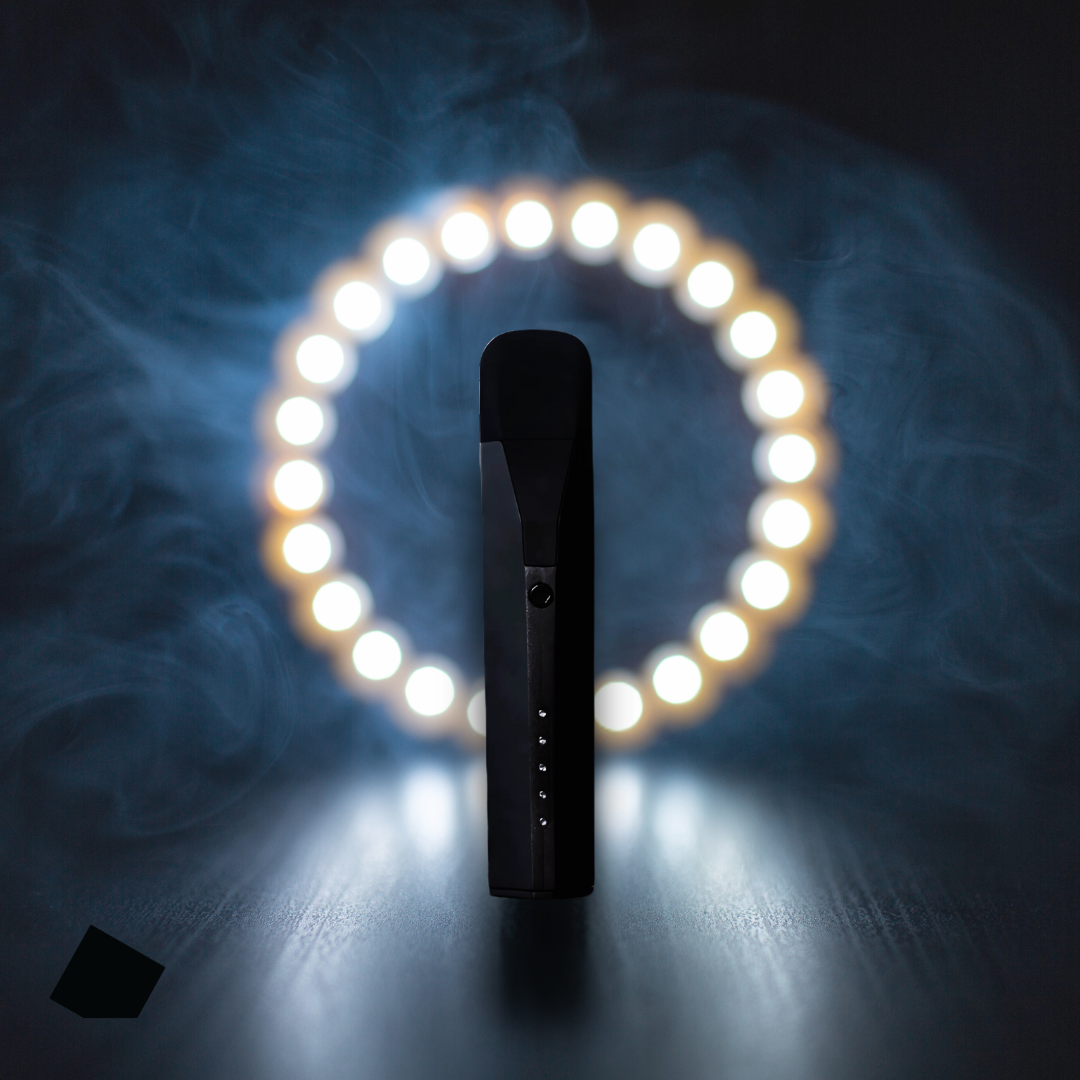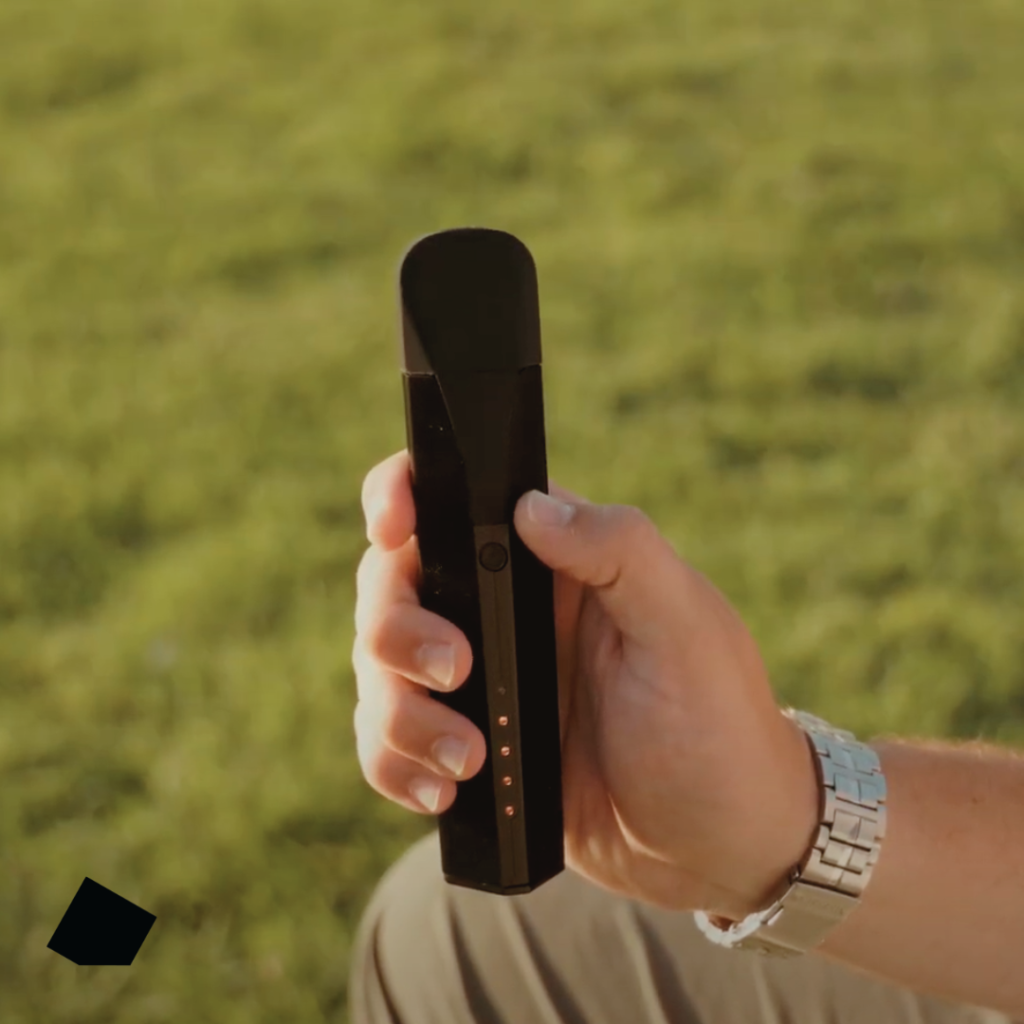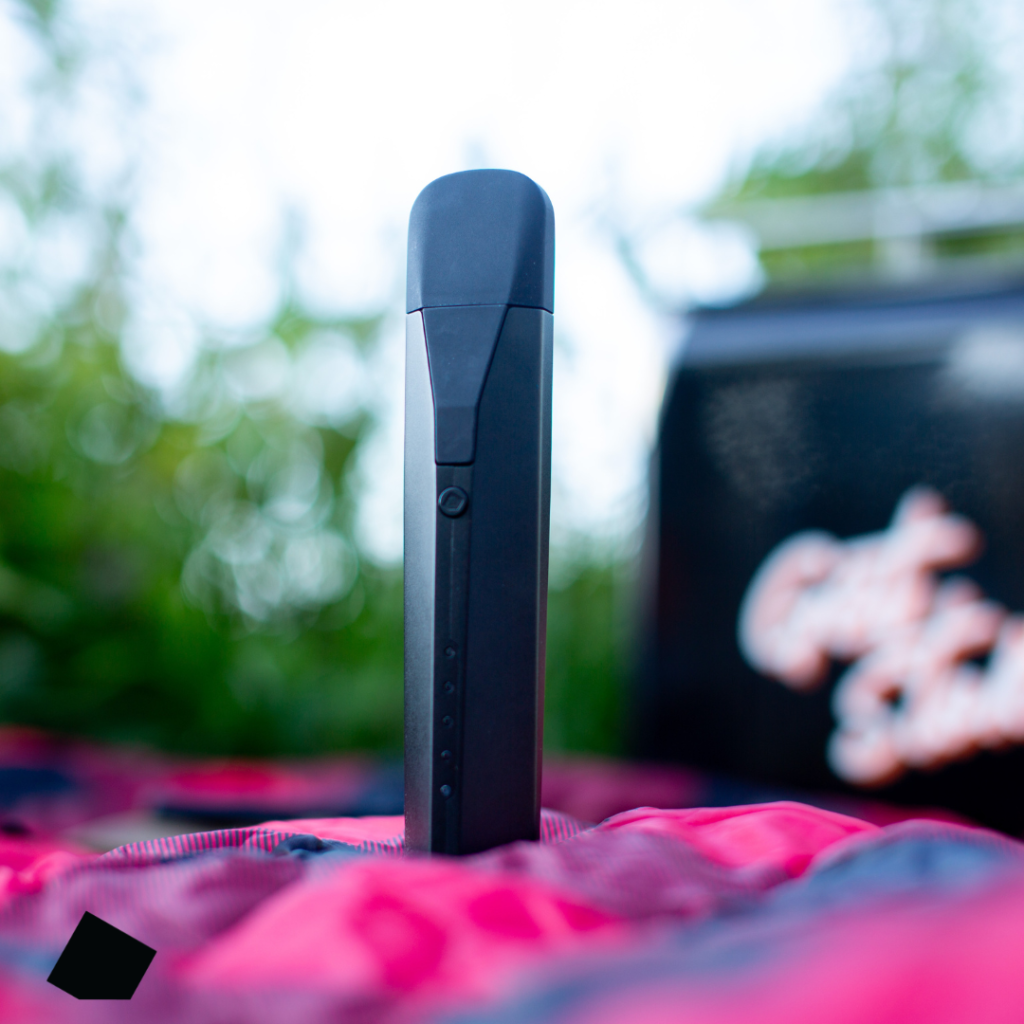
Vaporizing herbs has become an increasingly popular way to enjoy their natural benefits, whether for relaxation, focus, or flavor. One of the key factors that significantly affects your vaporizing experience is the temperature. The right temperature can impact everything from the flavor and aroma to the potency of your herbs, making it essential to understand how to find your sweet spot.
In this guide, we’ll dive into why temperature matters when vaporizing herbs, how different temperature ranges affect your experience, and how to choose the right setting for your herbal blends.
Temperature plays a crucial role in how well your herbs vaporize. Vaporizing works by heating herbs to the point where their active compounds are released as vapor, without the harmful byproducts of combustion. But the temperature you choose can greatly impact the quality, smoothness, and intensity of that vapor.
Selecting the right temperature can mean the difference between a flavorful, aromatic session and a harsh, overpowering one. The herbs you use and the effects you’re seeking—whether it’s relaxation, energy, or a balance of both—will guide your ideal temperature choice.

Most herbal vaporizers allow you to adjust the temperature, typically ranging from 320°F (160°C) to 430°F (220°C). Each range offers different effects, so it’s important to experiment to see what works best for your herbs and your preferences:
Low Temperatures (320°F – 355°F / 160°C – 180°C): At this range, you’ll enjoy smooth, flavorful vapor. This setting is ideal for preserving the natural aromas and tastes of herbs without being too intense. If you’re a beginner or prefer a gentle, relaxing session focused on flavor, this is a great starting point.
Medium Temperatures (355°F – 395°F / 180°C – 200°C): A balance between flavor and potency, this range vaporizes more active compounds while still maintaining a good amount of flavor. It’s a great middle ground for those who want both a flavorful and effective vaporizing experience.
High Temperatures (395°F – 430°F / 200°C – 220°C): For those looking for more potent effects, higher temperatures release more of the active compounds in herbs. However, the flavor may diminish, and the vapor can be a bit harsher. This range is often preferred by experienced users who prioritize intensity.

Not all herbs and substances vaporize the same, and the temperature you choose can influence the experience based on the specific material you’re using. Here’s a breakdown for different materials:
Gentle Herbs (like lavender or chamomile): These herbs work best at lower temperatures (320°F – 355°F) to preserve their delicate flavors and effects.
Herbs with Stronger Effects (like peppermint or eucalyptus): For herbs that provide a more invigorating experience, a medium temperature (355°F – 395°F) is ideal to balance both potency and flavor.
Blends with Multiple Herbs: If you’re vaporizing a blend of herbs, start at a lower temperature and gradually increase until you find the right balance for the mix. This method allows each herb in the blend to vaporize effectively without overpowering the others.
Dry Herbs: Vaporizing flower generally works best between 320°F and 395°F. For a more flavorful experience, stick to the lower end of the range. If you’re looking for more potency, the mid-range (355°F to 385°F) tends to provide a great balance.
Concentrates and Waxes: These thicker substances need higher temperatures, usually between 375°F and 430°F, to fully vaporize. Keep in mind that concentrates vaporized at higher temperatures can be harsher, so you may need to adjust to find your sweet spot.
Oil Cartridges: For oil cartridges, aim for a temperature range of 350°F to 400°F. This ensures that the oil vaporizes effectively without burning or producing “dry hits.” Staying within this range helps maintain smoothness and a pleasant flavor while delivering potent effects.
The key to getting the most out of your vaporizing session is finding the temperature that gives you the balance of flavor and effects you’re looking for. Medium temperatures are often ideal for those who want both a potent vapor and a pleasant taste. However, if you’re looking for more subtle effects or wish to focus on flavor, lower temperatures are a great choice.
Experimentation is the best way to find your perfect setting. Start with a lower temperature and gradually increase it, noticing how the flavor and vapor change with each adjustment.
Quality Tip: Ensure the herbs you’re using are pure and free from additives or pesticides, as inhaling contaminants can be harmful. By selecting high-quality, natural herbs, you’ll enhance your vaporizing experience while staying safe.

The Mixturus herbal vaporizer is designed to give you full control over your vaporizing experience, allowing you to easily adjust the temperature based on your preferences. Whether you’re looking for smooth, aromatic vapor or a more potent session, Mixturus makes it easy to customize your experience.
With its precision heating technology, Mixturus ensures that you can explore the full range of your favorite herbal blends, making each session unique and tailored to your personal needs.
Choosing the right temperature for vaporizing herbs is about finding the balance that works best for you. Whether you prefer gentle, flavorful vapor or a more intense experience, understanding how different temperatures affect your herbs will help you make the most of every session.
Take the time to experiment with different settings, and let your personal preferences guide you to the perfect vaporizing temperature.
Interested in purchasing a convection vaporizer? Check out the full line of products on the Rite Innovations storefront.
This blog is for informational purposes only and does not represent the views of Rite Innovations. The insights shared are anecdotal and not universally applicable. The FDA has not evaluated the statements about herbal products, and we recommend consulting with a physician before consuming them. These products are not intended to diagnose, treat, cure, or prevent diseases. Support for claims made on this website is available upon request. This article is not intended as legal advice.
Sign up for our newsletter to get the latest from the Rite Innovations team.